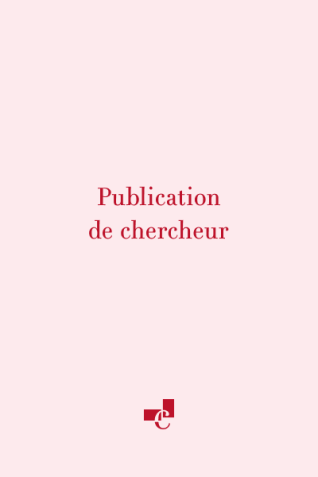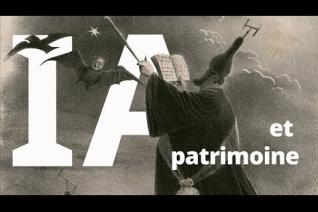- Dans Document Analysis and Recognition – ICDAR 2024 Workshops
- Éditeur : Springer Nature Switzerland
- Pages : 22-36
Résumé
This paper investigates the development and assessment of a methodology for the automatic detection and interpretation of damaged medieval Armenian inscriptions and graffiti. The research utilizes a newly compiled dataset of 150 images that include a variety of inscriptions, mosaics, and graffiti. These images are sourced from general archaeological site views and vary in quality and type, including drone and archival photos, to replicate real-world database challenges. The results highlight the efficiency of a two-step detection and classification pipeline. The detection phase employs a YOLO v8 model to identify the location and content of inscriptions, achieving an average Precision and Recall of 0.91 and 0.88, respectively. The classification phase uses a Vision Transformer (ViT) to identify similar characters, which outperforms classic CNN-based Siamese networks to handle such a complexity and variation. This approach demonstrates potential for analyzing under-resourced and damaged corpora, thus facilitating the study of deteriorated inscriptions in a variety of contexts.
Disciplines
Partager sur les réseaux sociaux
À découvrir
Découvrez d'autres productions de l'École sur les mêmes thématiques.





